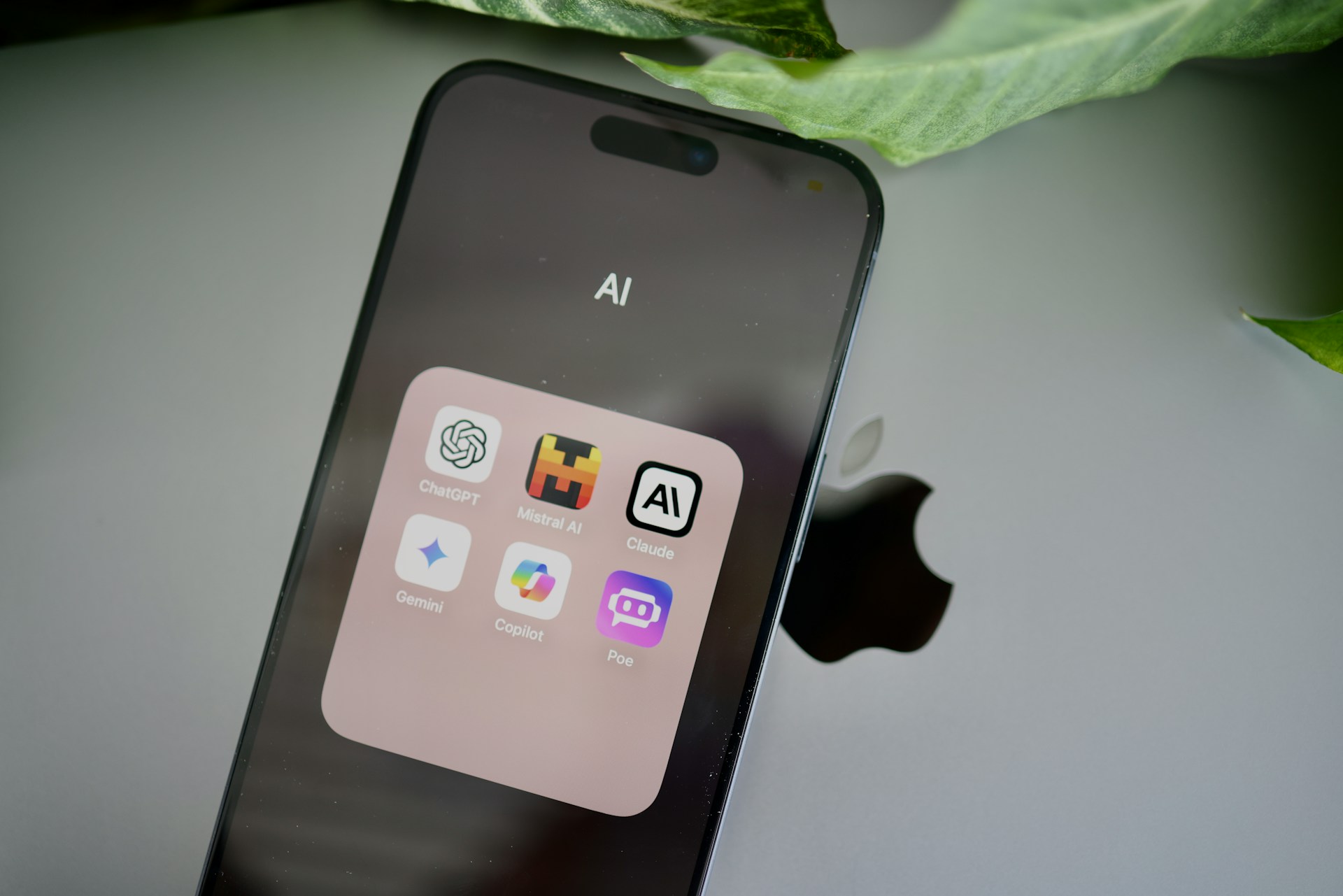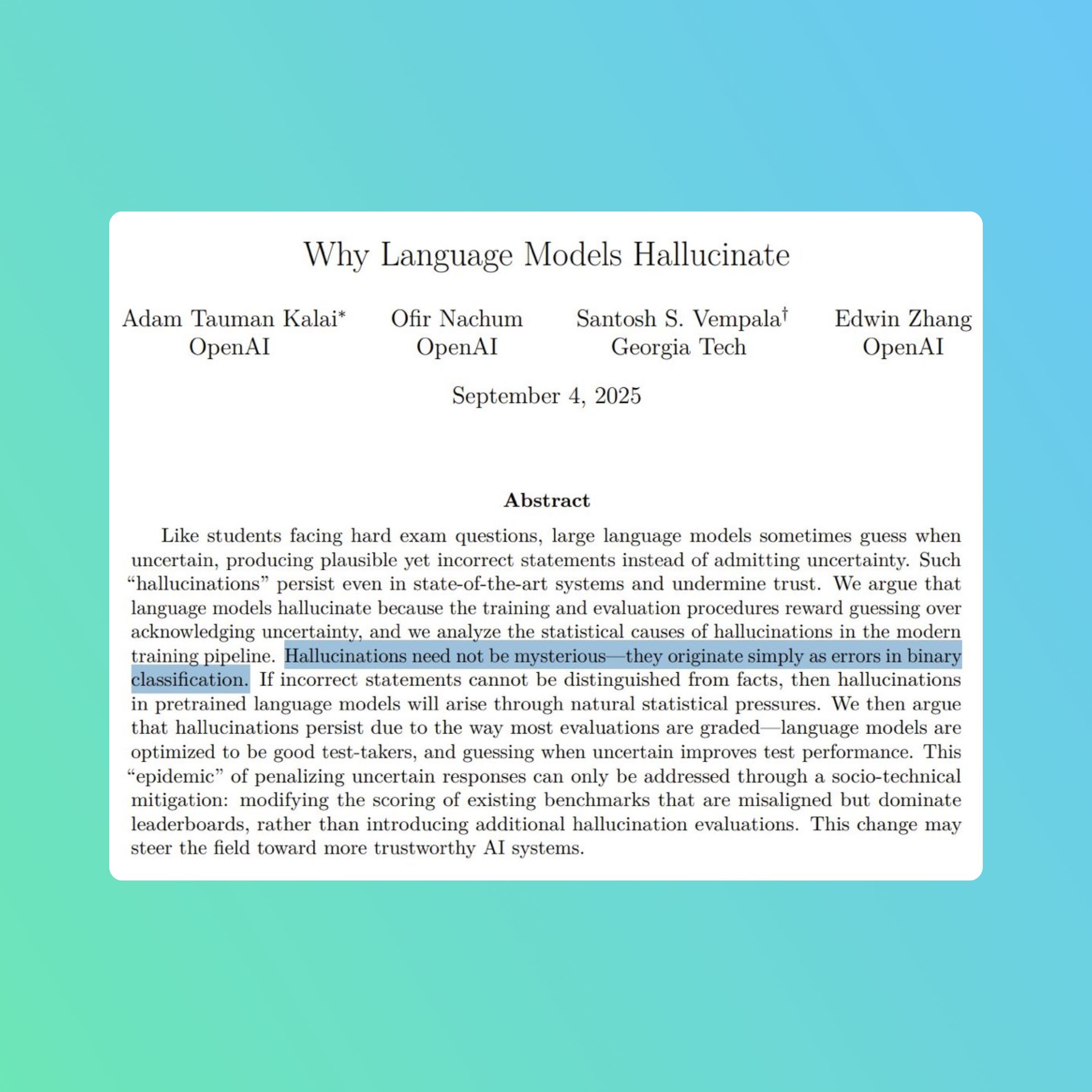· AI Engineering · 3 min read
Google Will Win the AI Arms Race
While others scramble for chips and users, Google quietly holds every card needed to win the AI arms race.

Google is positioned to win the AI arms race in the next two years, with fundamental and structural advantages that compound at scale.
Hardware: Both Sam Altman and Dario Amodei complained they don’t have enough chips to serve demand, while Elon’s xAI has been hoarding every GPU they could find since the company was created. Most buyers source frontier GPUs from NVIDIA; Google is the main exception as it uses its own TPUs. By avoiding third-party margins on chips, Google converts pricing power into throughput rather than vendor profit.
Distribution: Google has two big distribution channels: Android and Chrome. Owning the OS and the browser beats app-only distribution for how often and how deeply people use them. Only Apple and Microsoft have that luxury, but Apple’s AI is virtually non-existent and Microsoft relies on OpenAI for frontier models. Meta has distribution channels, but second-class ones. They are just apps, not operating systems; people will be in Facebook or WhatsApp sometimes, but don’t live there 24/7 like with operating systems.
Good pricing can convert distribution into default usage. Free bundling of Gemini Pro across Android and Chrome would redirect a large share of consumer demand. Besides, the suite of Google apps including Google Docs, Gmail, Google Meet, and many others gives more chances to immediately bring useful value to users. At the same time, Google keeps spawning new applications that are cherished by many users, like NotebookLM.
Data: Google has more data about us than any other company. The majority of users search on Google, browse with Chrome, entertain themselves on YouTube, and travel with Google Maps. These already give Google a well-rounded profile of many aspects of our lives that none of the competitors have. Microsoft and Meta don’t come close, while OpenAI is way behind.
Money and Talent: Google isn’t ahead of other big tech on raw cash, but it isn’t behind; it can fund multi-year R&D and build more data centers from operating cash flow. It remains a magnet for talent and has two top-tier labs, DeepMind and Google Brain (now merged), where the Transformer originated and laid the foundation for the LLM revolution we have now.
Current standing: Model leadership flips by benchmark and use case; but gaps are narrow on many tasks. Which model to use mostly comes down to specific use cases and taste. Claude by Anthropic is worshipped by developers, OpenAI’s GPT is the first choice for many due to first-mover advantage, while Google Gemini is known for speed and large context windows. As the race is a marathon, Google has a great chance to gradually lead and widen the gap by capitalizing on its advantages.
In every aspect above, Google is either at the front line or holds a clear advantage. If Google plans its moves meticulously, it will become the leader of the AI arms race in the next two years. The most likely outcome is that Google will take a large market share, but it won’t monopolize the market. One reason is that innovations in training foundation models are highly spillover; the second is that everyone is entering the race from very early days, unlike Google Search or Amazon Web Services, where the incumbent enjoyed a long period without challengers.
I haven’t covered Chinese labs. Alibaba, DeepSeek, and Moonshot AI have released open-source models with quality competitive to the frontier ones above. The US vs China contest is uncertain, but discounting Chinese labs would be an analytical error.



